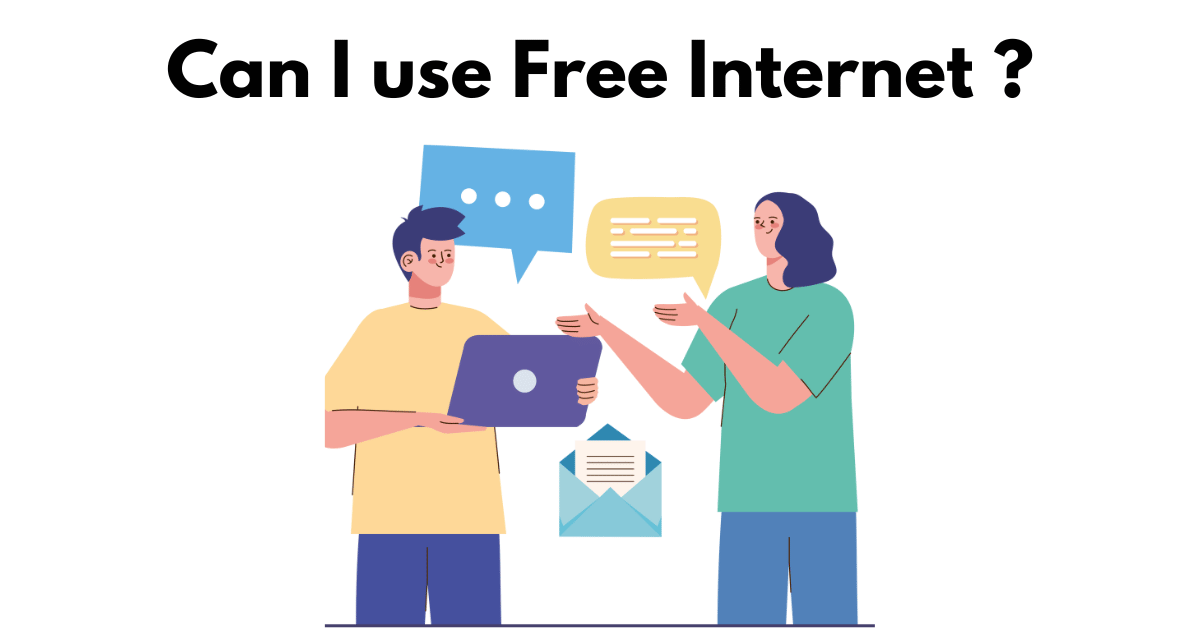In today’s interconnected world, access to the internet is essential for communication, education, work, and entertainment. However, for many individuals and families, the cost of internet service can be a significant barrier to connectivity. Fortunately, there are several methods available to access free internet, each with its own set of advantages and disadvantages. Let’s explore these methods in detail to help you find the best solution for your needs.
1. Introduction
In an increasingly digital society, internet access has become a fundamental need. From online education to remote work opportunities, the internet plays a vital role in various aspects of our lives. However, millions of people around the world still lack access to reliable internet connectivity due to financial constraints or infrastructure limitations.
2. Public Wi-Fi Networks
Public Wi-Fi networks are one of the most accessible ways to access free internet. These networks are available in public places such as cafes, libraries, airports, and parks, allowing users to connect to the internet without using their cellular data.
Pros:
- Convenient access in public places.
- No cost to the user.
- Suitable for short-term use or casual browsing.
Cons:
- Limited coverage and availability.
- Security risks associated with public networks.
- Slower speeds compared to private networks.
3. Free Internet Service Providers (ISPs)
Some ISPs offer free internet service to low-income households or communities as part of government-subsidized programs or corporate initiatives. These programs aim to bridge the digital divide by providing access to underserved populations.
Pros:
- Provides free internet access to disadvantaged communities.
- Helps promote digital inclusion.
- May offer higher speeds than public Wi-Fi networks.
Cons:
- Limited availability and eligibility requirements.
- Data limitations or restrictions.
- May require documentation to qualify for the service.
4. Mobile Hotspots
Mobile hotspots, or tethering, allow users to share their smartphone’s internet connection with other devices. This method is convenient for on-the-go internet access, but it relies on the user’s cellular data plan.
Pros:
- Provides internet access wherever cellular coverage is available.
- No additional cost for users with data plans.
- Suitable for areas without public Wi-Fi networks.
Cons:
- Requires a smartphone with hotspot capabilities.
- May incur additional data charges or exceed monthly limits.
- Speed and reliability depend on cellular coverage.
5. Community Networks
Community networks are grassroots initiatives that provide free or low-cost internet access to local communities. These networks are run and maintained by volunteers or non-profit organizations, relying on community support to operate.
Pros:
- Empowers communities to take control of their internet infrastructure.
- Promotes digital literacy and community engagement.
- Provides an alternative to traditional ISPs.
Cons:
- Relies on volunteer efforts and community resources.
- Limited coverage and scalability.
- May face regulatory challenges.
6. Conclusion
In conclusion, access to the internet is crucial for participation in today’s digital society. While traditional internet service may be inaccessible to many, there are alternative methods available to access free internet. Whether through public Wi-Fi networks, government-subsidized programs, mobile hotspots, or community networks, individuals and communities can find a solution that meets their needs. By weighing the pros and cons of each method, you can make an informed decision and ensure that everyone has access to the benefits of the internet.
7. FAQs
1. Can I rely on public Wi-Fi networks for sensitive transactions?
- While public Wi-Fi networks are convenient, they may not be secure. It’s advisable to avoid conducting sensitive transactions, such as online banking, over public networks.
2. Are there any data limitations with free internet service providers?
- Yes, free internet service providers may impose data limitations or restrictions on usage. It’s essential to review the terms and conditions before signing up for a service.
3. Can I use a mobile hotspot as my primary internet connection?
- While mobile hotspots provide convenient access to the internet, they may not be suitable for heavy usage or streaming. Consider your data usage needs before relying on a mobile hotspot as your primary connection.
4. How can I get involved in community networks?
- To get involved in community networks, reach out to local organizations or online forums dedicated to internet connectivity initiatives. Volunteering your time or resources can help support these valuable community-driven initiatives.
5. What steps can governments take to improve internet accessibility?
- Governments can support internet accessibility efforts through funding, infrastructure development, and policy initiatives aimed at promoting digital inclusion. By prioritizing internet access as a public utility, governments can help bridge the digital divide and ensure that everyone has access to the benefits of the internet.
